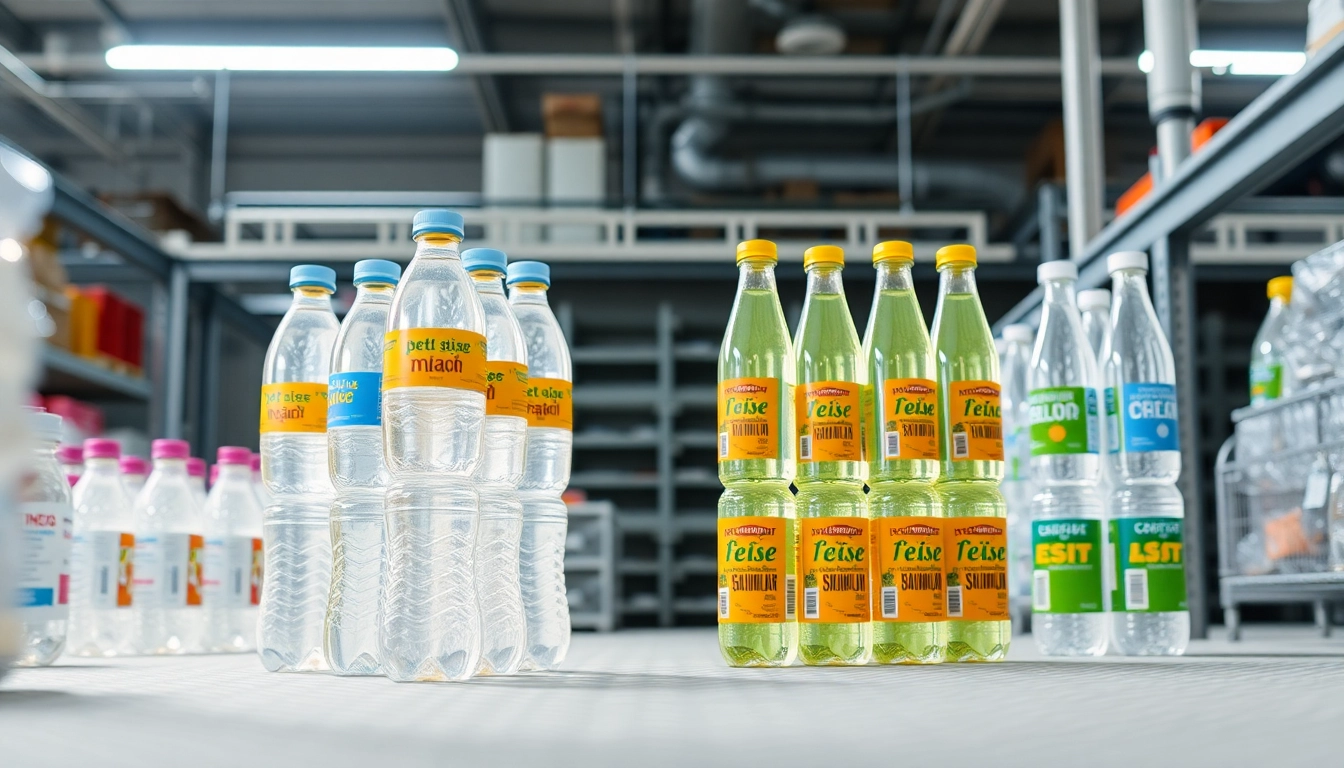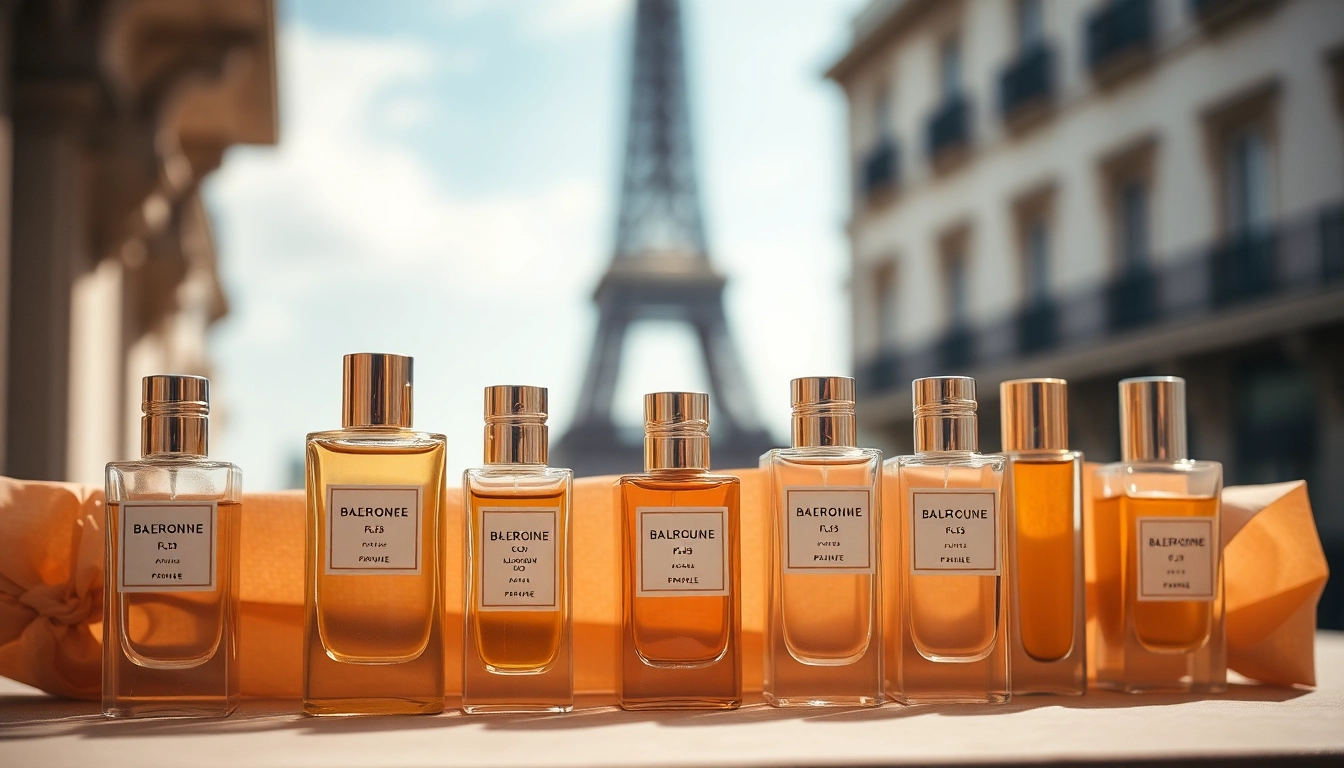Introduction to Pet Bottles and Plastic Packaging: Types and Uses
In today’s fast-paced world, packaging plays a crucial role in maintaining product quality, ensuring safety, and providing convenience for consumers. Among the most ubiquitous packaging materials are pet şişe (PET bottles), which are extensively used across industries, especially in beverages and food storage. These bottles are a subset of plastic products, alongside a vast array of plastic jars, cans, glass products, and accessories, all designed to meet diverse industrial and consumer needs. This comprehensive overview explores the various types and applications of plastic bottles, emphasizing their material features, manufacturing processes, environmental impact, and market trends, providing valuable insights for manufacturers, suppliers, and consumers alike.
Understanding Pet Bottles: Material Features and Benefits
Pet bottles are primarily made from Polyethylene Terephthalate (PET), a thermoplastic polymer known for its strength, clarity, and recyclability. PET’s unique molecular structure provides excellent barrier properties, which help preserve the freshness of liquids such as water, soft drinks, juices, and even certain foodstuffs. Furthermore, PET bottles are lightweight, durable, and resistant to impact and temperature variations, making them ideal for both distribution and end-user handling.
The benefits of PET bottles extend to their safety and health features. They are free from Bisphenol A (BPA), a chemical often associated with plastics that can leach into beverages, making PET a healthier alternative. Additionally, PET bottles are recyclable and versatile, serving as a cornerstone in sustainable packaging initiatives. For businesses aiming for environmentally responsible solutions, choosing high-quality PET bottles that adhere to international recycling codes (commonly marked with the number 1 inside a triangle) is essential.
Common Types of Plastic Bottles and Their Applications
Standard Water and Beverage Bottles
These are the most prevalent types of plastic bottles used worldwide. Ranging from small 250ml bottles to larger 2-liter variants, they accommodate various beverage types, including still water, carbonated drinks, and flavored beverages. Typically manufactured with a narrow neck and screw caps, they ensure ease of use and secure sealing.
Specialized Bottles for Food and Pharmaceuticals
Plastic bottles designed for food items and pharmaceuticals often feature enhanced safety features, such as tamper-evident caps and tamper-proof seals. They are manufactured in specific sizes and shapes to align with packaging regulations and consumer preferences. For example, PET bottles are frequently used for edible oils, sauces, and medicinal liquids due to their excellent barrier properties.
Industrial and Commercial Applications
Beyond consumer products, PET and other plastic bottles serve extensive industrial purposes, including chemical storage, industrial lubricants, and cleaning solutions. These bottles often come in larger sizes with reinforced structures to withstand harsher environments and chemical compatibility issues.
Role of Pet Bottles in Beverage and Food Packaging
The significance of PET bottles in the packaging industry cannot be overstated. Their transparency allows consumers to visually assess product quality, while their lightweight nature reduces transportation costs and carbon footprint. The ease of customization allows brands to incorporate branding elements directly onto bottles through labeling, molding, or embossing—enhancing marketing efforts.
Moreover, PET bottles facilitate innovative packaging solutions such as sports caps, resealable systems, and ergonomic shapes. Advances in manufacturing technology enable the creation of bottles that are not only functional but also aesthetically appealing, which directly influences consumer purchasing decisions.
In industry standards, PET’s role is pivotal in maintaining hygiene and shelf life, especially in the food and beverage sectors, where safety and freshness are paramount.
Manufacturing and Design of Pet Bottles for Industry Leaders
Production Processes of High-Quality PET Bottles
The production of high-quality PET bottles involves several precise stages: extrusion, preform molding, heating, blow molding, and finishing. The process begins with melting PET pellets into a viscous state, then injecting the liquid into molds to form preforms—small, test-tube-like structures that contain the bottle’s neck and threading. These preforms are transported to blow molding machines, where they are heated and stretched into the final shape of the bottle using compressed air.
Modern manufacturing facilities prioritize automation, quality control, and raw material purity to ensure consistency, durability, and safety. Adopting blow molding technology equipped with sensors and visual inspection systems minimizes defects such as weak spots, thinning, or contamination, leading to reliable products.
Design Innovations for Practical and Aesthetic Packaging
Innovation in PET bottle design is ongoing, driven by consumer preferences and environmental considerations. Industry leaders invest in research to develop bottles with ergonomic shapes, enhanced grip, and unique aesthetics—permitting easier handling and stronger brand identity. Examples include tapered necks for easy opening, textured surfaces for improved grip, and customized molds for branding and product differentiation.
Customization Options for Branding and Functionality
Branding plays a vital role in competitive markets. PET bottles can be customized through various techniques such as injection molding of logos, color differentiation, and silk-screening. Functional customizations include incorporating tamper-evident rings, moisture barriers, and resealable caps. These options not only promote brand recognition but also meet specific consumer needs and regulatory standards.
Environmental Impact and Recycling of Plastic Bottles
Recycling Codes and Sustainability Practices
Recycling codes, usually numbers within a triangle, identify the type of plastic used in bottles—most notably, PET (marked with a 1). Proper sorting and recycling are essential to reduce waste and environmental pollution. PET bottles are highly recyclable, and recycling centers worldwide process millions of tons annually into new bottles, fibers, or resins.
Reusing and Recyclable PET Bottles: Benefits and Challenges
Reuse of PET bottles is feasible but often discouraged for health reasons, especially in single-use contexts. However, recycled PET (rPET) can be repurposed into fibers for textiles, automotive parts, or new bottles. Challenges include contamination during collection and the degradation of material quality over multiple recycling cycles. Solutions involve improved collection systems, sorting technologies, and developing biodegradable or compostable alternatives.
Green Alternatives and Future Trends in Packaging
The industry is witnessing a shift toward bio-based plastics, biodegradable composites, and lightweighting techniques to create eco-friendly packaging. Innovations such as plant-based PET (PET made from renewable biomass) and the development of fully compostable bottles aim to mitigate environmental impacts, aligning with global sustainability goals and consumer demand for greener products.
Market Trends and Buying Guide for Pet Bottles
Current Market Prices and Size Variations
The market for PET bottles exhibits diverse pricing depending on size, quality, and order volume. For example, a standard 500ml PET bottle can range from a few cents to over a dollar per unit in bulk, influenced by material costs, manufacturing complexity, and branding requirements. Larger sizes such as 2 liters tend to be more cost-effective on a per-liter basis, making them popular in bulk consumption applications.
Factors Influencing Pet Bottle Purchase Decisions
- Material Quality: Ensuring high clarity, strength, and chemical resistance.
- Customization Capabilities: Flexibility to incorporate branding and functional features.
- Recycling and Sustainability: Eco-friendly options align with corporate responsibility goals.
- Delivery and Lead Time: Reliability in supply chain management is critical for production planning.
- Cost and Volume Discounts: Economies of scale play a significant role for bulk buyers.
How to Choose the Right Pet Bottle Supplier
Successful procurement involves evaluating suppliers based on quality assurance protocols, production capacity, compliance with safety standards, and after-sales support. Leading manufacturers often provide certifications such as ISO, GMP, and environmental compliance, ensuring that the products meet international standards.
Additionally, establishing a long-term partnership with a reputable supplier like tekinplastik guarantees consistent quality and innovative solutions tailored to your business needs.
Business Integration: How to Incorporate Pet Bottles into Your Product Line
Steps for Sourcing and Ensuring Quality
When integrating PET bottles into your product portfolio, start with defining your specifications—size, design, volume, and safety features. Collaborate with trusted manufacturers, perform quality audits, and request samples for testing. Certifications such as ISO 9001 and compliance with food safety standards are essential indicators of quality assurance.
Cost Management and Bulk Purchasing Strategies
Bulk purchasing not only reduces unit costs but also streamlines inventory management. Negotiating long-term contracts, establishing volume discounts, and working with direct manufacturers instead of intermediaries can optimize expenses. Additionally, maintaining a forecast and just-in-time procurement minimizes storage costs and ensures product freshness.
Case Studies of Successful Packaging Implementations
Many companies have successfully rebranded products by adopting innovative PET bottle designs, leading to increased market share and consumer engagement. For instance, a beverage brand revamped its packaging with ergonomic bottles featuring vibrant colors and eco-friendly materials, boosting sales and brand loyalty. These case studies exemplify the importance of strategic sourcing, design innovation, and sustainability.



